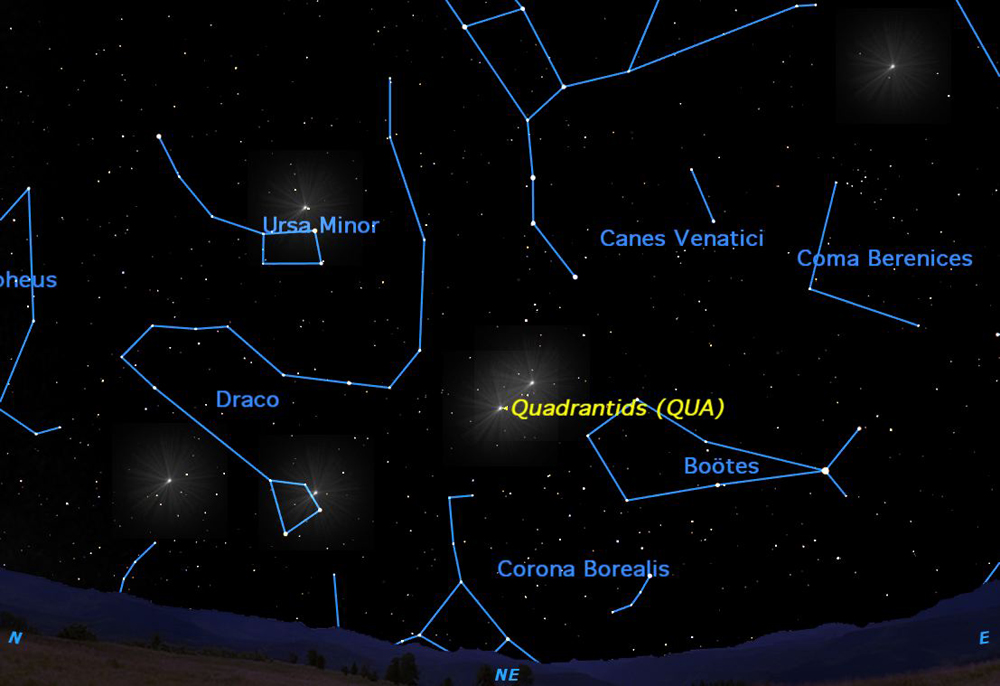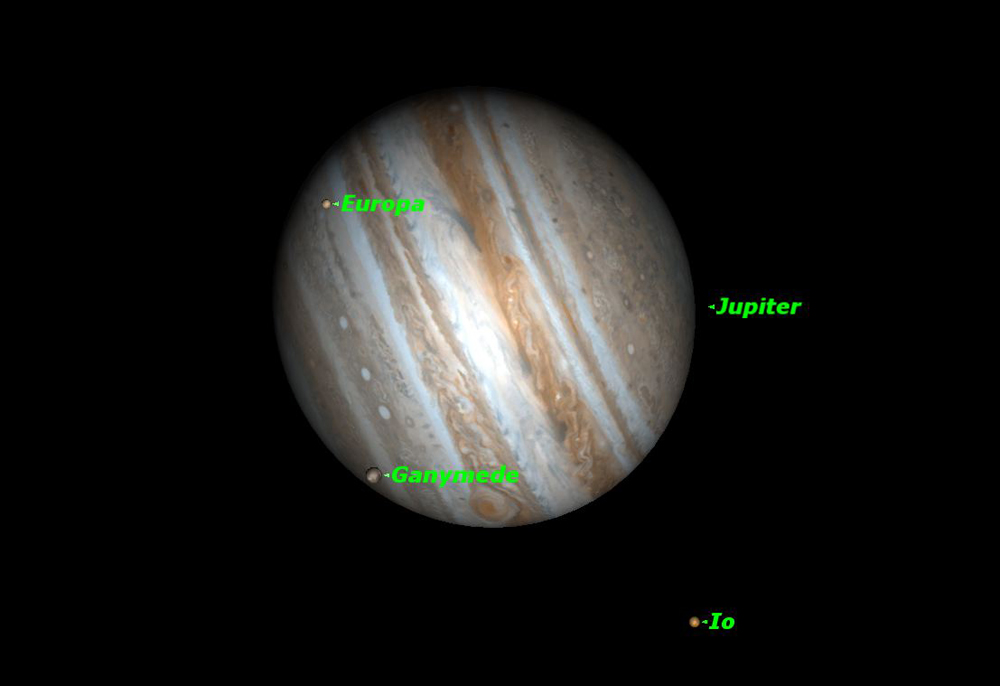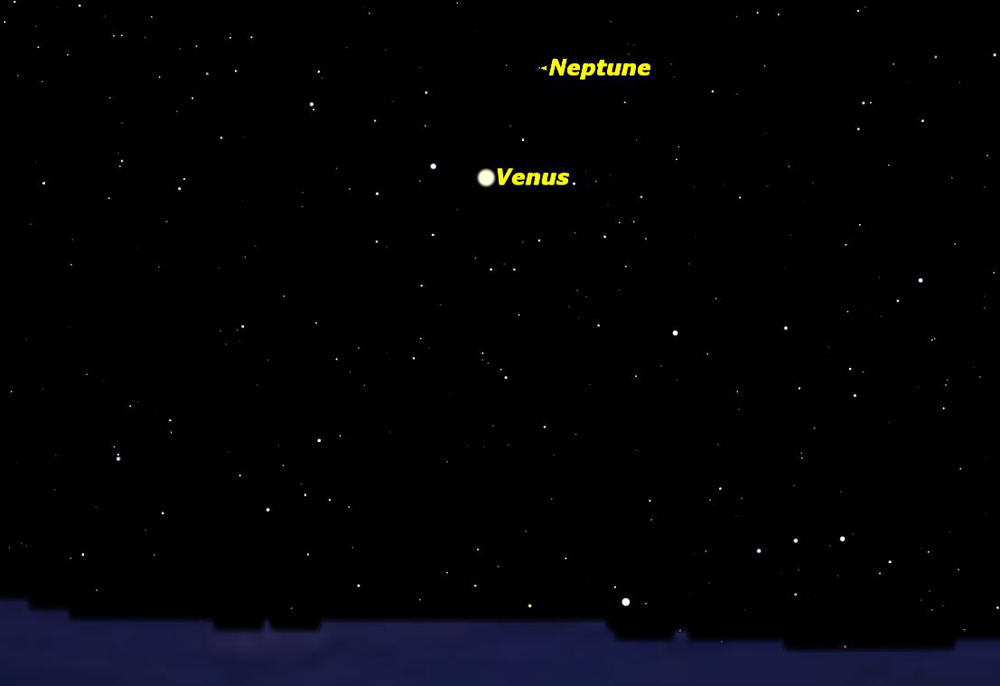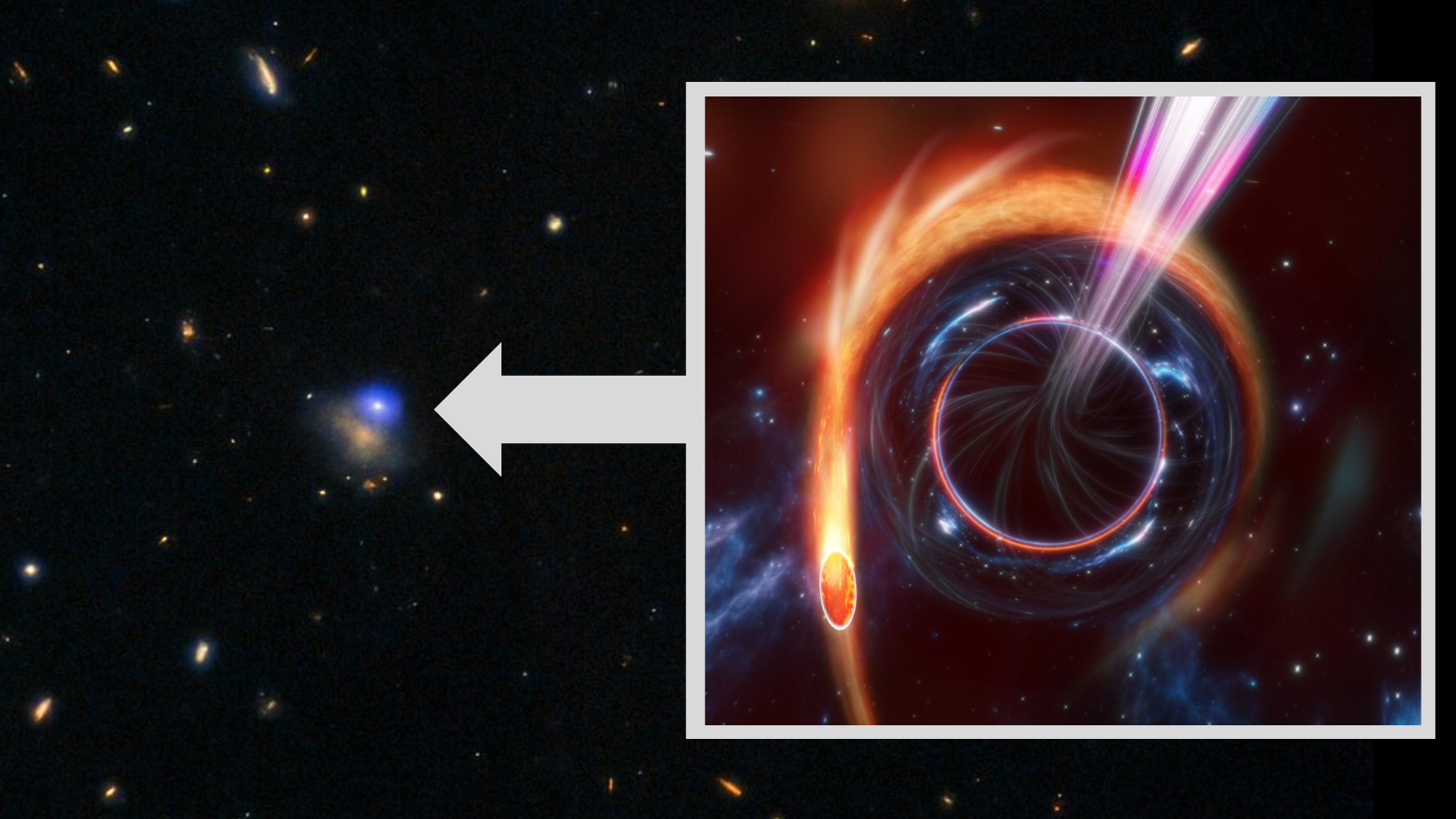January 2012 Skywatching Events
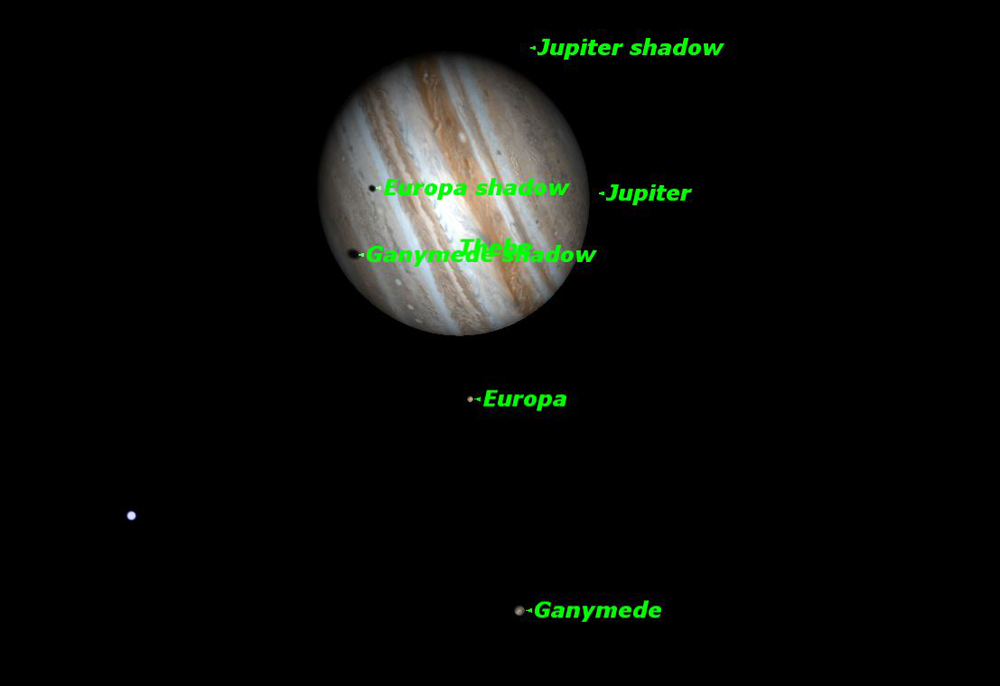
Moon Phases
Sun., January 1, 1:14 a.m. EST
First Quarter Moon
The First Quarter Moon rises around noon, and sets around midnight.
Mon., January 9, 2:30 a.m. EST
Full Moon
The Full Moon of January is usually called the Old Moon. In Algonquian it is called Wolf Moon. Other names are Moon After Yule and Ice Moon. In Hindi it is known as Paush Poornima. Its Sinhala (Buddhist) name is Duruthu Poya. The Full Moon rises around sunset and sets around sunrise, the only night in the month when the Moon is in the sky all night long. The rest of the month, the Moon spends at least some time in the daytime sky.
Breaking space news, the latest updates on rocket launches, skywatching events and more!
Mon., January 16, 4:08 a.m. EST
Last Quarter Moon
The Last or Third Quarter Moon rises around 1 a.m. and sets around 11 a.m. It is most easily seen just after sunrise in the southern sky.
Mon., January 23, 2:39 a.m. EST
New Moon
The Moon is not visible on the date of New Moon because it is too close to the Sun, but can be seen low in the east as a narrow crescent a morning or two before, just before sunrise. It is visible low in the west an evening or two after New Moon.
Mon., January 30, 11:10 p.m. EST
First Quarter Moon
The First Quarter Moon rises around 11 a.m., and sets around 1 a.m.
Observing Highlights
Wed., January 4, 1:28 a.m. EST
Double shadow transit on Jupiter
The shadows of Ganymede and Europa will follow each other across the face of Jupiter. The best views will be in western North America.
Wed., January 4, 2 a.m. EST
Quadrantid meteor shower peaks
The Quadrantids, one of the three best meteor showers of the year, reach their peak with an zenithal hourly rate of 120 meteors per hour.
Wed., January 11, 1:26 a.m. EST
Double satellite transit on Jupiter
Two of Jupiter’s moons, Ganymede and Europa, will pass in front of Jupiter. Europa’s icy surface reflects much more light than Ganymede, so appears as a white spot against Jupiter’s clouds while Ganymede appears as a dark gray spot. Again, the best views will be in western North America.
Thu., January 12, dusk
The brightest and the faintest
The brightest and the faintest of the planets are in conjunction tonight. Neptune, at magnitude 8.0, will be just above Venus, at magnitude –3.9, a difference in brightness of 11.9 magnitudes. Venus will be easy to spot with the naked eye, but Neptune will require binoculars or a small telescope.
Planets
Mercury may be glimpsed in the southeast just before sunrise at the beginning of the month, but is too close to the Sun the rest of the month.
Venus is a brilliant object in the evening sky after sunset all month. The waxing crescent Moon will pass close to Venus on Wed. Jan. 25 and Thu. Jan. 26.
Mars spends all of January on the border between Leo and Virgo. It grows in size from 9 arc seconds to 12 arc seconds during the month, large enough to reveal its polar cap and dark surface markings in a 5-inch (125-mm) telescope. By the end of the month it reaches magnitude –0.5, making it the brightest object in the morning sky except for Sirius and the Moon.
Jupiter continues to be well placed in the evening sky all month on the border between Aries and Pisces. Jupiter and Venus are the brightest objects in the evening sky other than the Sirius and the Moon.
Saturn is high in the eastern sky before dawn. It now shines brighter than nearby Spica.
Uranus is well placed in the early evening in Pisces all month.
Neptune is low in the west at sunset in Aquarius. It passes just north of Venus on January 12.
This article was provided to SPACE.com by Starry Night Education, the leader in space science curriculum solutions. Follow Starry Night on Twitter @StarryNightEdu.

Geoff Gaherty was Space.com's Night Sky columnist and in partnership with Starry Night software and a dedicated amateur astronomer who sought to share the wonders of the night sky with the world. Based in Canada, Geoff studied mathematics and physics at McGill University and earned a Ph.D. in anthropology from the University of Toronto, all while pursuing a passion for the night sky and serving as an astronomy communicator. He credited a partial solar eclipse observed in 1946 (at age 5) and his 1957 sighting of the Comet Arend-Roland as a teenager for sparking his interest in amateur astronomy. In 2008, Geoff won the Chant Medal from the Royal Astronomical Society of Canada, an award given to a Canadian amateur astronomer in recognition of their lifetime achievements. Sadly, Geoff passed away July 7, 2016 due to complications from a kidney transplant, but his legacy continues at Starry Night.

